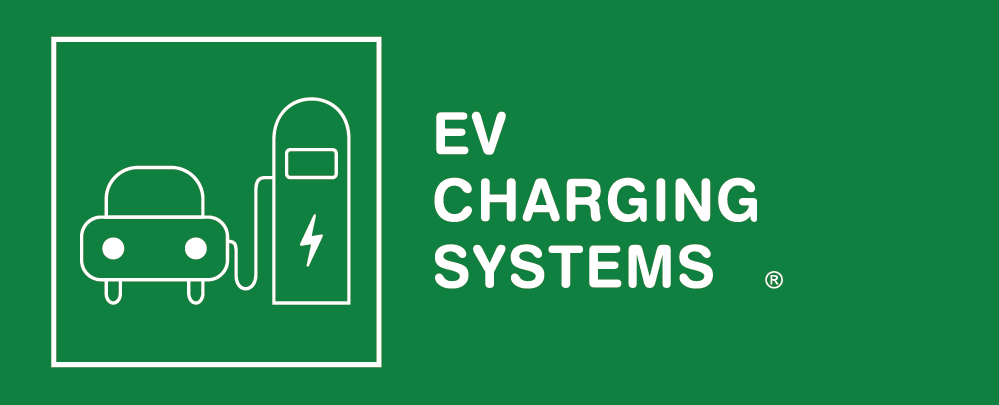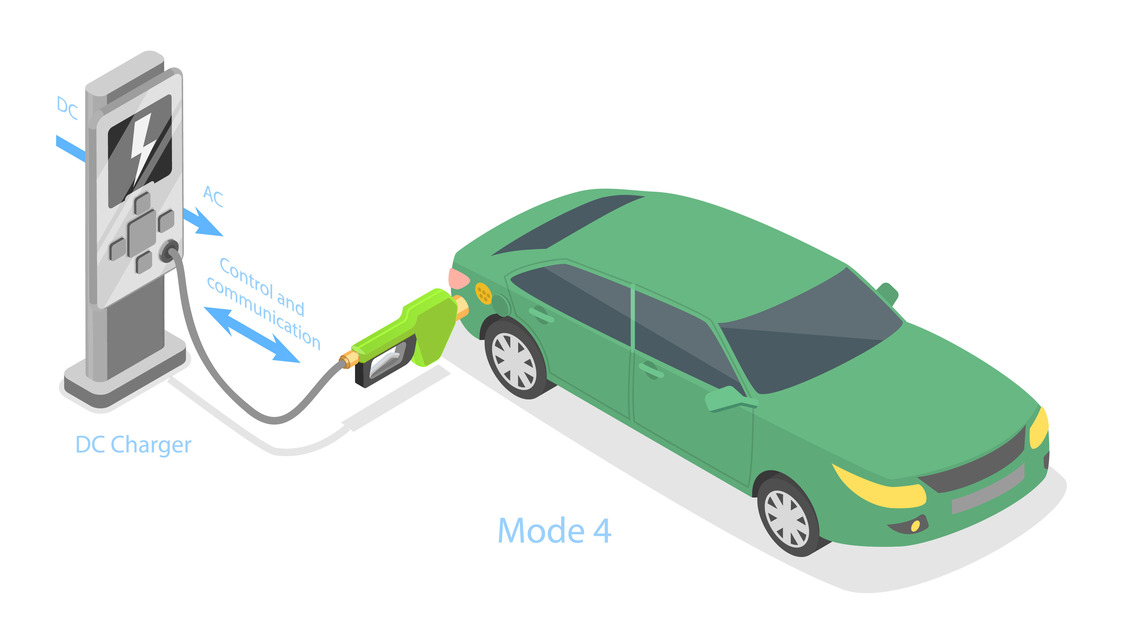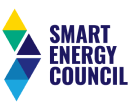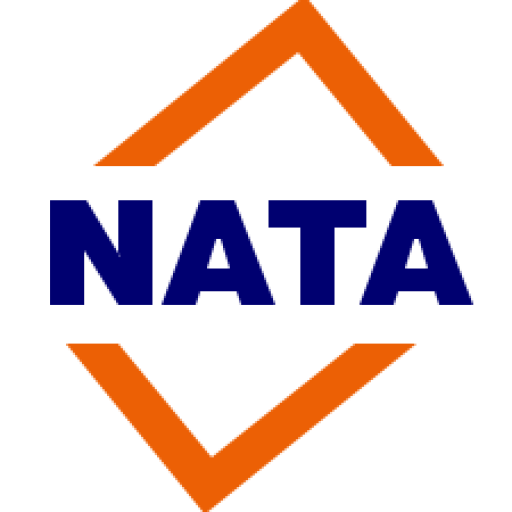AC charging stations can be found in homes, retail stores, and workplaces all over Australia. With the growing interest in electric vehicles, we’re guessing you’ve also heard a lot about fast charging. But what is DC fast charging and when is the best time to use it?
In this guide, we’ll explain DC fast charging, including how it works, how fast it is, and frequently asked questions about DC charging.
What Is DC Fast Charging?
Power coming from the electrical grid is AC (alternating power). An electric vehicle battery needs DC (direct current) power to run.
DC charging stations convert energy in the charging station from AC to DC. Before you even plug in your EV, the power is converted and ready to be used by your EV’s battery.
How Does Fast Charging Work?
DC EV chargers have a converter built right into the charger. This enables the conversion from AC to DC power to happen in the charging station rather than in the vehicle.
This feeds usable power directly to the car’s battery. This eliminates the need for an onboard charger to convert AC to DC power, allowing for faster charging.
Charging times vary based on the make, model, battery size, dispenser output, and other factors. Most EV’s can get around 80% charge in around an hour using a DC fast charger.
Fast Charging Plug Types
Four types of DC fast charging connectors are currently used worldwide:
- Combined Charging System (CCS): A combination of DC fast chargers and Type 2 chargers; ultra rapid charging; capable of charging an EV to 80% in approximately 30 minutes
- CHAdeMO: Primarily for Japanese brand EV’s;
- GB/T: Has separate charging ports for AC and DC; not compatible with Type 2 charging standard; mostly used in mainland China
- Tesla Superchargers: Dual-purpose plug (AC or DC charging); works with all Tesla’s globally except in the EU
The make and model of your electric vehicle will determine which DC connector is suitable for charging it.
What Are the Differences Between DC and AC Charging?
Most people agree that the most noticeable difference between AC and DC EV chargers comes down to charging speed.
With an incorporated converter, any power from a DC charging station bypasses the EV’s onboard charger. By skipping the onboard charger, the power goes straight to the battery.
This streamlined process eliminates the time needed to convert the power from AC to DC. This leads to a faster, more efficient charging process.
Here are some of the key differences between DC and AC charging:
- DC charging is faster than AC charging
- DC charging is more expensive than AC charging
- DC charging requires a higher power supply
- The installation process is more complex for a DC charging station
- DC charging stations require more space and a high voltage grid connection
- DC charging is only available in certain locations
- DC charging is best suited to fast charging locations and highway charging stations
- DC charging is not well suited to residential use
Learn more about the difference between AC and DC Fast Chargers in our in-depth guide here: AC vs DC EV Chargers: Understanding the Differences.
Use Cases for DC Fast Charging
If a home charging station is your priority, an AC charging station is likely your best option. Home DC charging is most likely unnecessary and difficult or impossible to implement. However, DC fast charging is ideal for public charging stations, long distance trips, and large commercial fleets.
The rapid charging provided by DC charging stations allows for fast turnaround time, often in just an hour.
Here are ideal situations and uses for DC Fast Charging:
- High mileage or long distance trips
- Large commercial fleets with high usage vehicles
- Drivers needing the fastest turnaround time
- Public charging stations, petrol stations, commercial fleet car parks
- High turnover areas that require fast charging
Frequently Asked Questions
Can all EVs use DC fast chargers?
No, not all electric vehicles are equipped to use all types of DC fast chargers. Your EV’s make and model will determine the type of DC fast charger it can utilise.
How fast is DC charging?
The main benefit of DC charging is the rapid charge time. The average electric car can charge in just 1 or 2 hours using a DC fast charging station. Compared to the 6 to 9 hours required charge time of an AC charger, DC fast charging can save hours.
For more details on how fast EV’s charge, see our guide here: How Fast Do Electric Vehicles Charge? Our Charge Time Guide.
How much electricity do I need to support a DC Fast Charger?
Fast DC chargers require significant electricity. Here are the different levels of energy input required based on the DC charger:
- 60kW model requires 100 amps per phase
- 120kW requires 230 amps per phase
- 150kW requires 250 amps per phase
Is DC fast charging bad for an EV’s battery?
While the high current flow of DC fast charging can put additional stress on the battery, it is generally considered fine to use. This is particularly true if your EV is equipped with an advanced battery management system.
To optimise your EV battery, we recommend using DC fast charging in moderation. We usually suggest using DC fast charging on long trips or as necessary.
Whether you are using AC or DC EV charging, here are tips to maintain EV batteries:
- Avoid charging your EV to 100%
- Aim for a battery charge between 20% to 80%
- Follow the optimal charge level recommendations in the EV’s owner manual
- Do not rely entirely on DC fast charging
- Never allow your EV’s battery to drain completely
- Set a shut-off timer if plugging your EV in overnight
- Try to drive longer distances in between charing
For more tips on efficient EV charging and protecting your EV’s battery, see our guide here: 10 Tips for EV Charging – EV Charging Systems.
Perth’s DC EV Fast Charging Station Specialists
DC fast chargers are ideal for recharging RV batteries as quickly as possible, long-distance travel, and commercial fleets.
If you want tailored advice on choosing between an AC or DC EV charger or have more questions, our EV specialists are here to help. Contact us today for a free quote on AC and DC charging station installation, services, and supplies.







